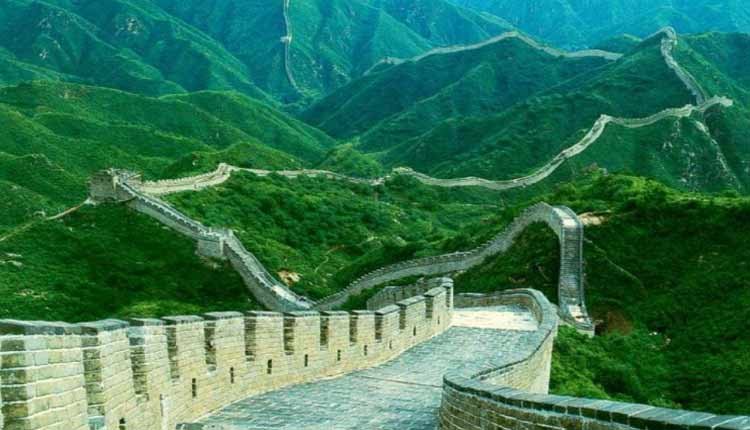A new Great Wall of China – Riaz Ali Khattak
The Gobi Desert is in the north of China. China was paying the price of being a neighbour of this great desert by giving land. The scorching, dry winds of the desert swept across the lush green plains of China. Every year, 3,600 square kilometres of arable land was taken away from Chinese farmers. The sand became its identity and the scorching air burnt the greenery.
China built the Great Wall of China to protect cavalry from the north and south in the past. It also decided to build a wall in 1978 against this new invader from the north. It was a decision to grow the Great Green Wall, i.e. a decision to grow forest. China, which builds huge buildings in days and weeks, has set a target of 2050 for this seemingly impossible task. Today, the largest man-made forest in the world is in China.
In 2007, China covered 500,000 square kilometres of land or 18 percent of the project’s area, with trees. It is said that history bears witness to our today for tomorrow. Ask an elder about the weather in Karachi twenty or twenty five years ago. It was a city that was neither very cold nor very hot. Today, from March to November, Karachi presents the scene of a suffocated hot oven, fire of which is extinguished but coals are burning under the ashes.
On the one hand, the desert is entering the city; on the other hand, the sea of concrete is spreading. On the coast, mangrove forests have been cleared from the sea and the sea smells of drain water. It would be enough for us to have even 5% of China’s plan. Can we make the city’s suburbs and empty fields green for our tomorrow?

